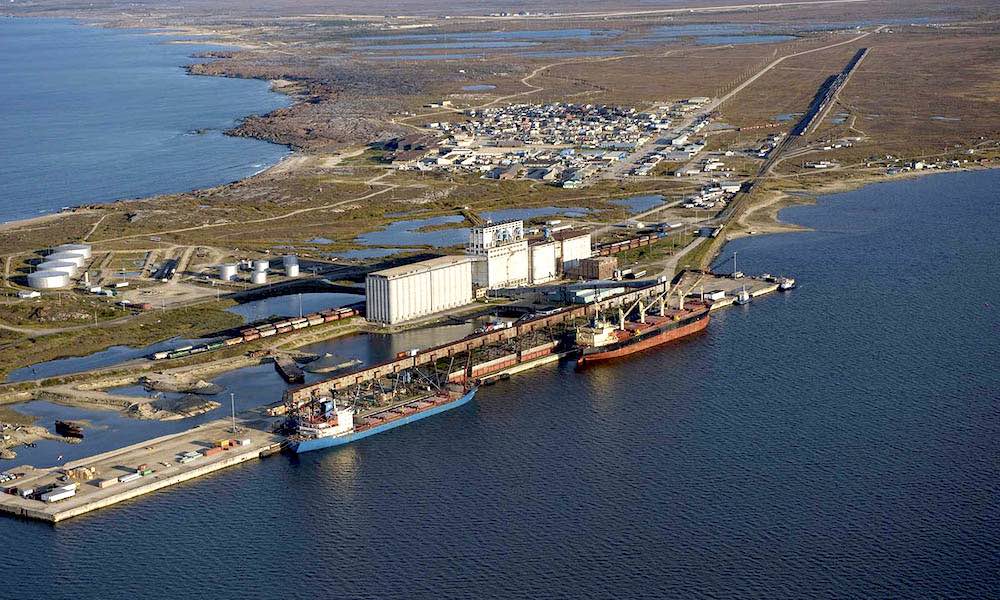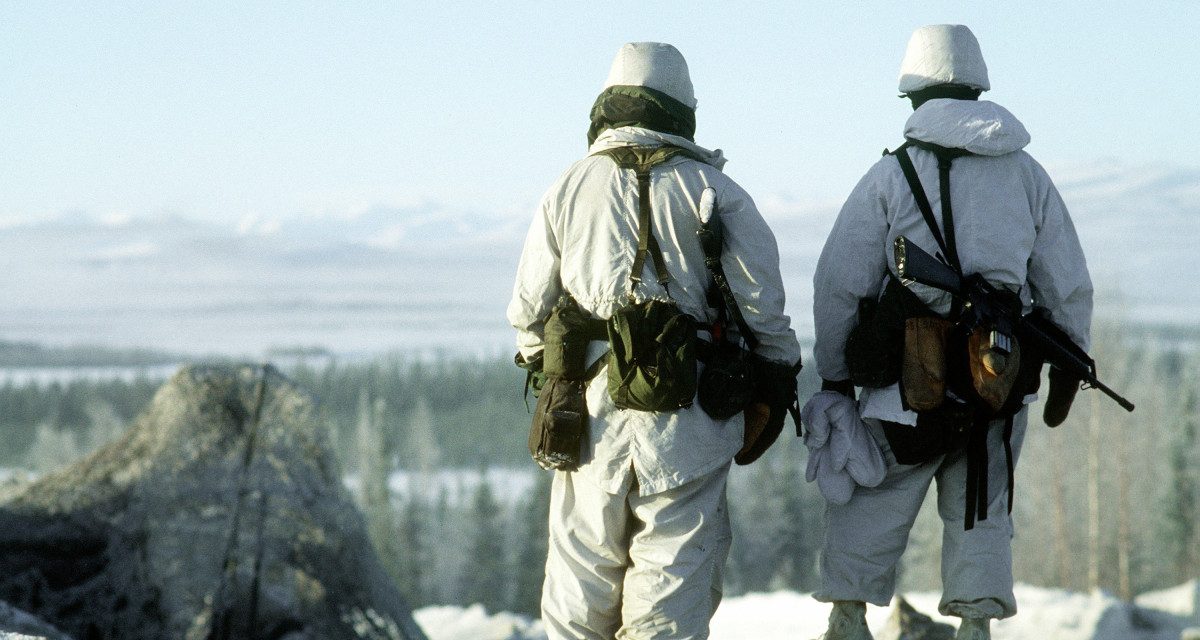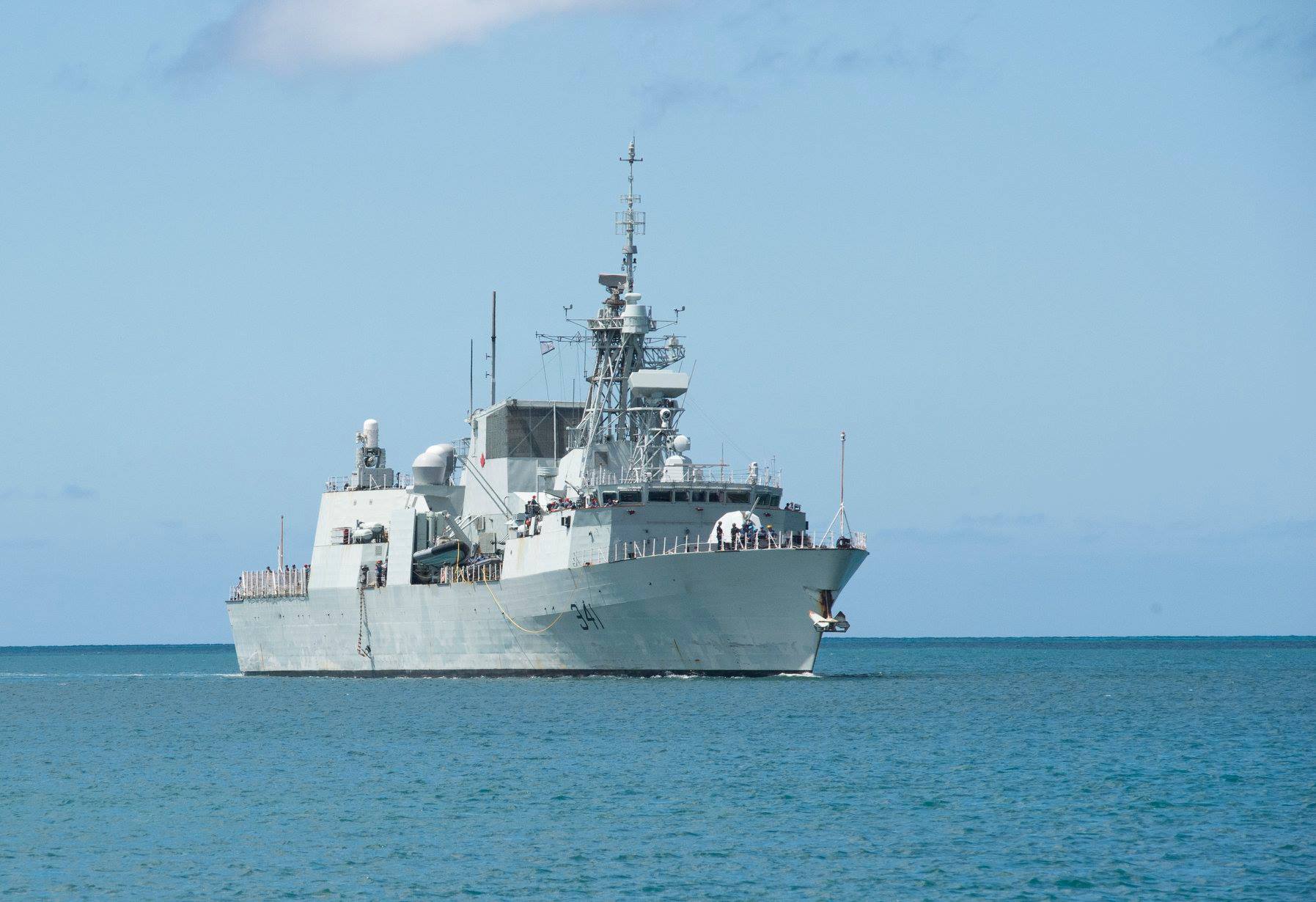Two NATO carrier groups will sail north for exercise Cold Response
As Russia deploys the new 3M22 Tsirkon anti-ship hypersonic missile in the Barents Sea, NATO has decided to send two of its most potent naval weapons to the Norwegian-led Exercise Cold Response, the aircraft carriers "HMS Prince of Wales" and the "USS Harry S Truman".
With the aim to train reinforcement of northern Norway, Cold Response will be the largest NATO exercise inside the Arctic Circle since the 1980s. Some 35,000 soldiers from 28 nations will participate and a significant portion of the training that kicks off in March will be at sea and in the air.
Preparation for the
long-time planned exercise is already well underway and is not directly linked to the current standoff between NATO and Moscow over Russia’s massive military buildup of troops at Ukraine’s border. However, a conflict in eastern Europe could spill over to the Arctic as the Kola Peninsula is home to some of Russia’s most powerful weapon systems, including hypersonic cruise missiles and the naval component of the strategic nuclear triad.
On December 24, President Vladimir Putin said his military forces successfully fired a simultaneous salvo of the Tsirkon hypersonic missile. The weapon is now ready for deployment with the Northern Fleet on both frigates and the 4th generation multi-purpose submarines of the Yasen-class.
Launched from the Russian sector of the Barents Sea, the Tsirkon missiles could reach targets in the Norwegian Sea in about 10 to 15 minutes if Moscow in a war conflict chose to activate its Bastion defense concept aimed at denying NATO forces control of the Norwegian and Greenland seas.
Russian military observers posit that Tsirkon, with ability to maneuver mid-flight, easily can bypass any US or British carrier groups’ surface-to-air self-protection systems...
For the next 12 months, the “
HMS Prince of Wales” is responsible for leading NATO’s Maritime High Readiness Force, a task group formed to deal with major global events...
Cold Response 2022 (CR22) kicks off in the second half of March and will continue to the beginning of April.
US carrier group
First intended to sail through the Suez into the Gulf, the American carrier group “
USS Harry S Truman” has due to Russia’s military threat to Ukraine been held in the Eastern Mediterranean. Norway’s frigate “Fridtjof Nansen” is part of the carrier group.
Norway’s Minister of Defense, Odd Roger Enoksen, said in an interview with newspaper
VG this week that the American carrier group and the Norwegian frigate in February will sail to the North Atlantic where the plan is to take part in the NATO exercise Cold Response 2022...
Land, sea and air
According to the
latest update from the Norwegian Armed Forces, Exercise Cold Response will consist of 14,000 soldiers on land, 13,000 at sea and 8,000 serving aircraft and headquarters at different bases.
In times of growing distrust between Russia and Europe, Norway seeks to build its security in partnership with NATO allies and Nordic neighbors.
The main action during Cold Response 2022 will be by navy and air force capacities in the Ofoten area...
Ofoten is also home to Evenes airport where Norway’s new fleet of P8 Poseidon maritime surveillance planes will be based together with NATO’s two northernmost Quick Reaction Alert (QRA)
F-35s fighter jets on standby to meet Russian military planes flying near Norwegian air space. For NATO and the Nordic countries’ defense partnership, Ofoten is core strategic important in case of a larger global conflict involving Russia in the North-Atlantic.
The area is about 600 kilometers from the Kola Peninsula where the Northern Fleet’s nuclear submarines are based.
Russia invited
Head of the Norwegian Armed Forces, General Eirik Kristoffersen, said to the
Barents Observer last year that Russia is informed about the exercise “in accordance with international standards and agreements.”
Under the
Vienna Document, member states in the Organization for Security and Cooperation in Europe (OSCE) invite each other to observe military exercises.
“Russia will be invited to observe Cold Response 2022,” Kristoffersen said...
As Russia deploys the new 3M22 Tsirkon anti-ship hypersonic missile in the Barents Sea, NATO has decided to send two of its most potent naval weapons to the Norwegian-led Exercise Cold Response, the aircraft carriers 'HMS Prince of Wales' and the 'USS Harry S Truman'.

thebarentsobserver.com
Rather a mighty show of force what with those two carriers--though how long carriers would survive in the High North in a shooting war...
Mark
Ottawa












